Digital Hydraulic Bench
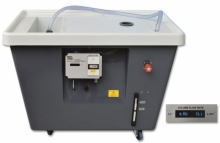


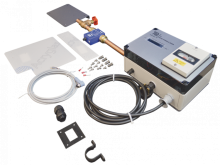

TecQuipment's Digital Hydraulic Bench provides a controlled recirculating water supply and accurate flowmeter for hydraulic and fluid mechanics engineering experiments.
The AE1000V Hydro-Electric Turbine is a self-contained, floor-standing system consisting of a water tank, propeller turbine, and pump mounted below the pump controls, sensors, generator, control panel, and turbine.
Water flows around the system controlled by a diaphragm valve on the system bench. The water passes through a pressure sensor and flow meter, which are connected, along with the generator output, to VDAS® Onboard for analysis and the calculation of power and speed. From the generator constants, power and efficiency can be calculated.
The turbine is fitted to the left-hand end of the bench. The propeller is fixed on a shaft within a see-through enclosure and connects directly to the generator located between the turbine and the back plate. The turbine is supplied with five standard propellers. Information is provided for the user to design and 3D-print propellers for further experimentation.
A system mimic is displayed on the backplate.
The control box features a display screen for reading experiment inputs and output measurements, such as current, voltage, power, and speed. A VDAS® output allows connection to a computer via USB. The control box also contains a light bank to visualize the power generated.
Controls for the operation of the product are on the control panel for:
Comprehensive demonstration and investigation into the foundations of hydroelectric energy conversion, including:





TecQuipment's Digital Hydraulic Bench provides a controlled recirculating water supply and accurate flowmeter for hydraulic and fluid mechanics engineering experiments.
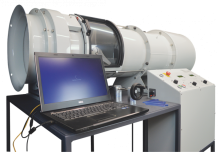
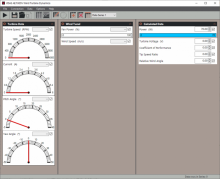
This is a versatile, compact apparatus for teaching the fundamentals of kinetic wind energy conversion into electrical power. Flexibility is at the core, it has a castor-mounted frame for mobility and functionality and allows students to 3D-print their own blades for advanced experimentation.
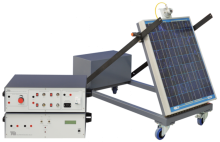

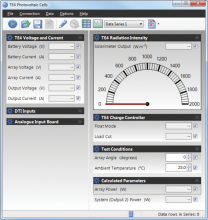
An apparatus to allow investigations and demonstrations into the operation and performance of a high efficiency photovoltaic cell array and battery storage system.
